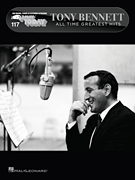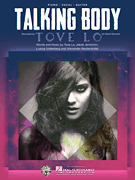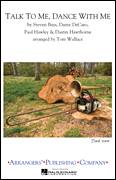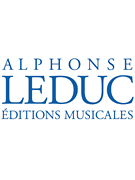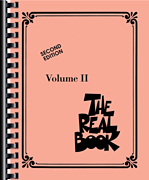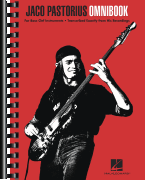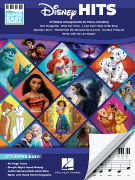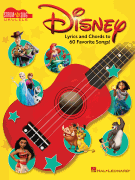Search Results for: “Talk To Me”
Loading...
Take Me To The River View 35 Products
Talk Dirty To Me View 27 Products
Talk To Me View 18 Products
Between You And Me View 9 Products
Don't Start Me To Talkin' View 8 Products
You Should Hear How She Talks About You View 5 Products
I Wanna Talk About Me View 5 Products
Don't Talk View 4 Products
Hear Me Talkin' To Ya View 3 Products
Consume Me View 3 Products
Talk To Me Dorothy View 2 Products
Come Talk To Me View 2 Products
Sexy Ladies (Let Me Talk To You Prelude) View 2 Products
Talk To Me Now View 2 Products
Cat Talking To Me View 2 Products
Thank You For Talkin' To Me Africa View 2 Products
Talk To Me, Dance With Me View 1 Product
Talk To Me Texas View 1 Product
Baby, Talk To Me View 1 Product
When My Baby Double Talks To Me View 1 Product
Can't You Hear Me Talking To You View 1 Product

